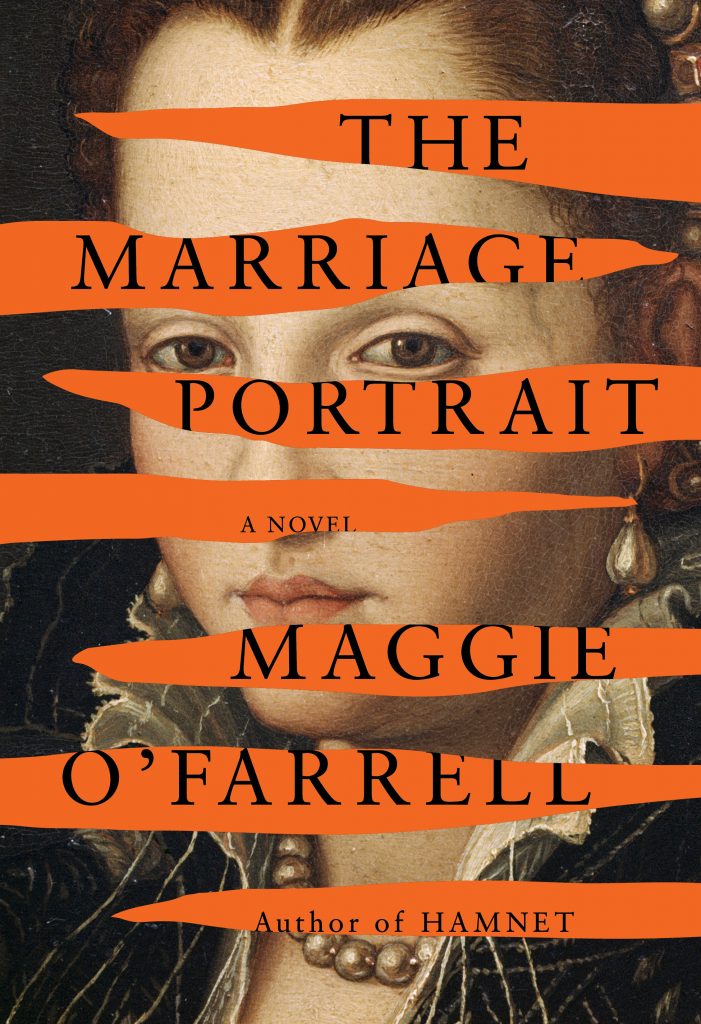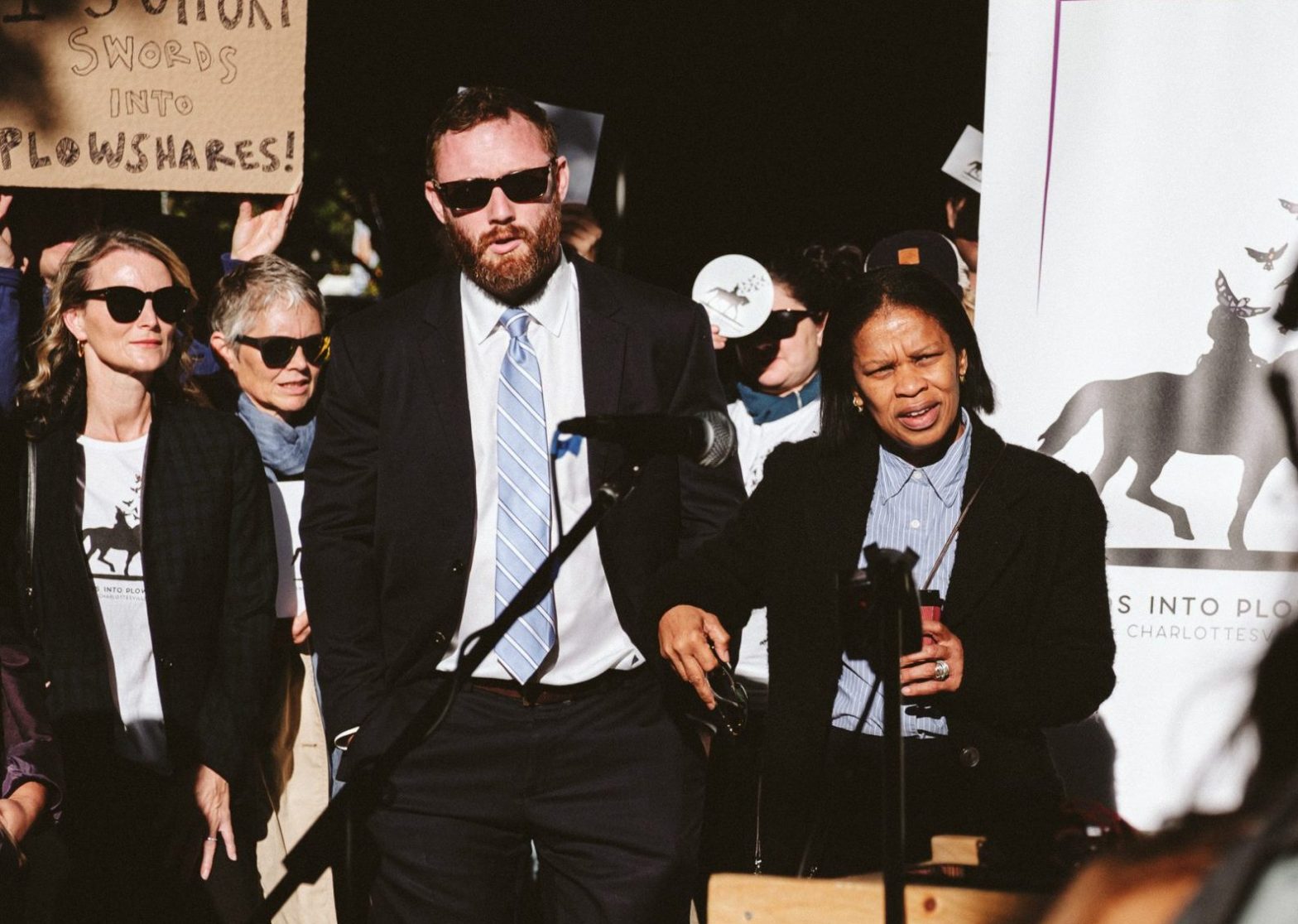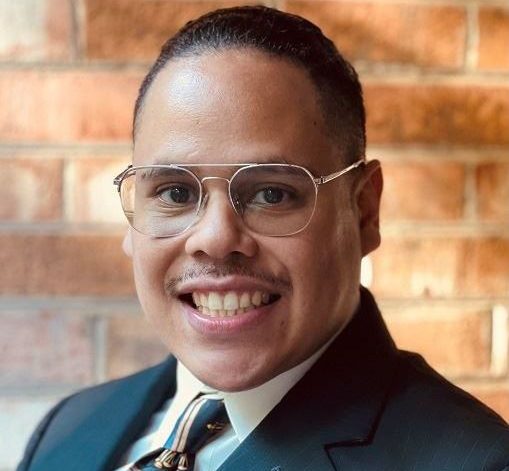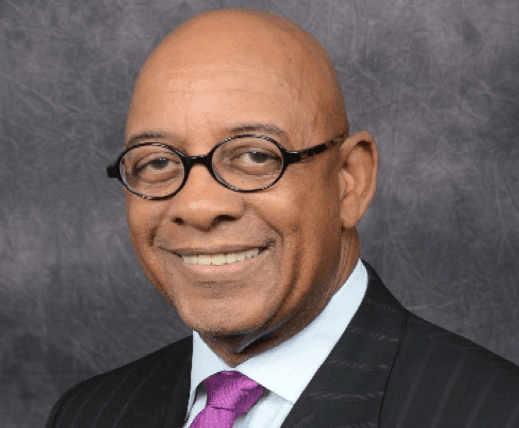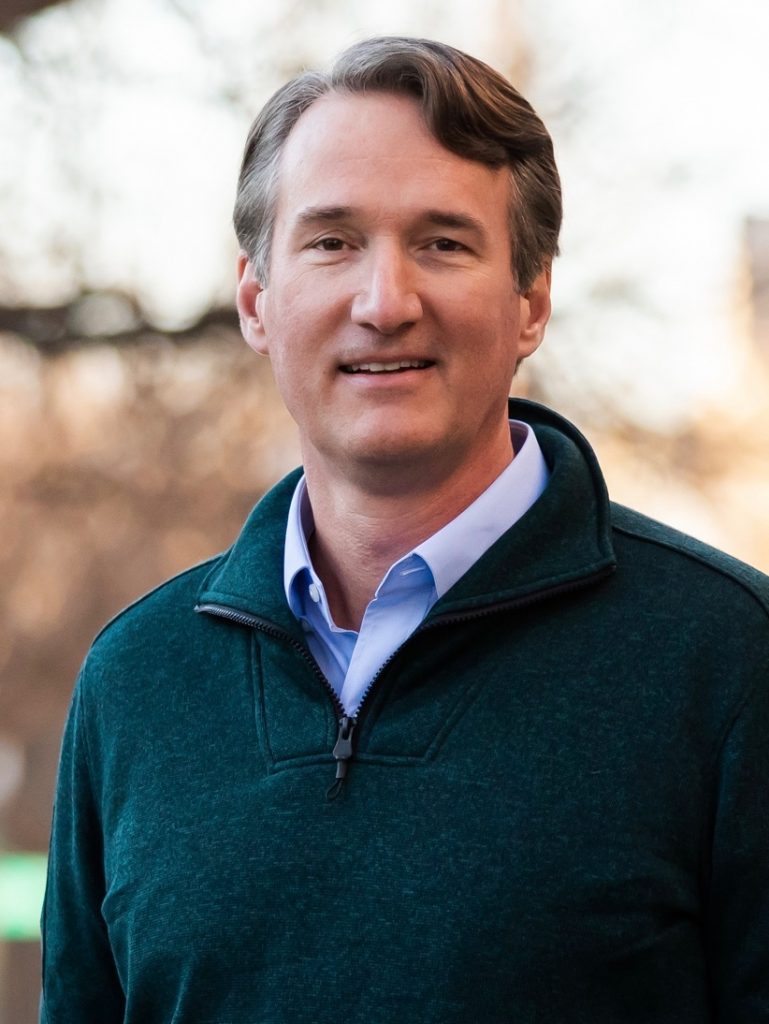Montpelier ‘feeling good as hell’
Three months after a dispute between the Montpelier Foundation Board and the Montpelier Descendants Committee was resolved with the historic installation of 11 new foundation board members recommended by the committee, an invitation to musical superstar Lizzo has put the historic property back in international news for a decidedly more entertaining reason.
“It was a tremendous moment, a beautifully rich moment, where Lizzo kind of bridged so many different areas of history and the present,” says foundation board chair James French of Lizzo’s late September performance on James Madison’s crystal flute at the Library of Congress in Washington, D.C.
The flute is believed to have been a spontaneous gift to Madison from a Parisian flute maker in 1813, Montpelier’s Director of Museum Programs Hilarie Hicks told WINA. Hicks says the flute is engraved in French with Madison’s name and title, and was likely played by guests at Montpelier during Madison’s life. It was passed on to Madison’s wife and son, and later displayed at museums including the Smithsonian before a later owner left it in his will to the Library of Congress in 1941.
While French said there are no concrete plans yet for Lizzo to perform at Montpelier, morale among the estate’s board and staff is already high after the months of tension and uncertainty earlier this year. The archaeological work at the estate is continuing, and other changes are also underway including the expansion of the annual commemoration of the Constitution from a single day, September 17, to the entire month.
French says the new board will meet in person for the first time in November, and he’s optimistic about the future.
“We have the unique power of place where the Constitution itself was conceived along with a difficult, paradoxical history in which it was conceived. But the context of slavery and in looking at that history in a full way, we believe that we can offer the nation an extended, honest conversation about where we came from and how we move forward to reconcile and explore the strengths of our democracy.”
PCOB director resigns
After just one year on the job, Charlottesville Police Oversight Board Executive Director Hansel Aguilar said he will resign—the latest in a long line of city leadership departures since 2017. He has accepted a new job as the director of police accountability for the City of Berkeley, California.
The City of Berkeley will pay Aguilar $200,000 annually—twice his starting salary in Charlottesville—as well as a housing and relocation bonus, reports The Daily Progress.

“I think we were able to build some momentum around the police accountability here during my time, and hopefully I was able to contribute to some infrastructure that can be used to continue to work here,” said Aguilar during the PCOB’s October 13 meeting. “It wasn’t an easy decision for sure, [and] I wish the best for the city.”
Aguilar’s resignation comes two weeks after he issued a neutral evaluation of the PCOB’s first case, which determined the Charlottesville Police Department did not “thoroughly, completely, and accurately” investigate the violent arrest of a man experiencing homelessness in 2020. During his tenure, he also helped craft the PCOB’s updated ordinance and proposed operating procedures.
During last week’s meeting, Aguilar said he would provide recommendations to City Council regarding “a path forward,” and urged the councilors to pass the operating procedures so the board can move ahead with outstanding cases.
Aguilar will leave Charlottesville for his new gig on
October 21.
In brief
Riggleman goes blue
Former 5th District Republican Rep. Denver Riggleman endorsed 7th District Democratic Rep. Abigail Spanberger in a campaign ad released on October 10, praising Spanberger for ranking as the fifth-most bipartisan member of Congress. In an interview with The Washington Post about the ad, Riggleman—who has been an outspoken opponent of former pres. Donald Trump’s election fraud claims—criticized Spanberger’s Republican opponent Yesli Vega, a Prince William County supervisor and sheriff’s deputy, for questioning the 2020 presidential election results.
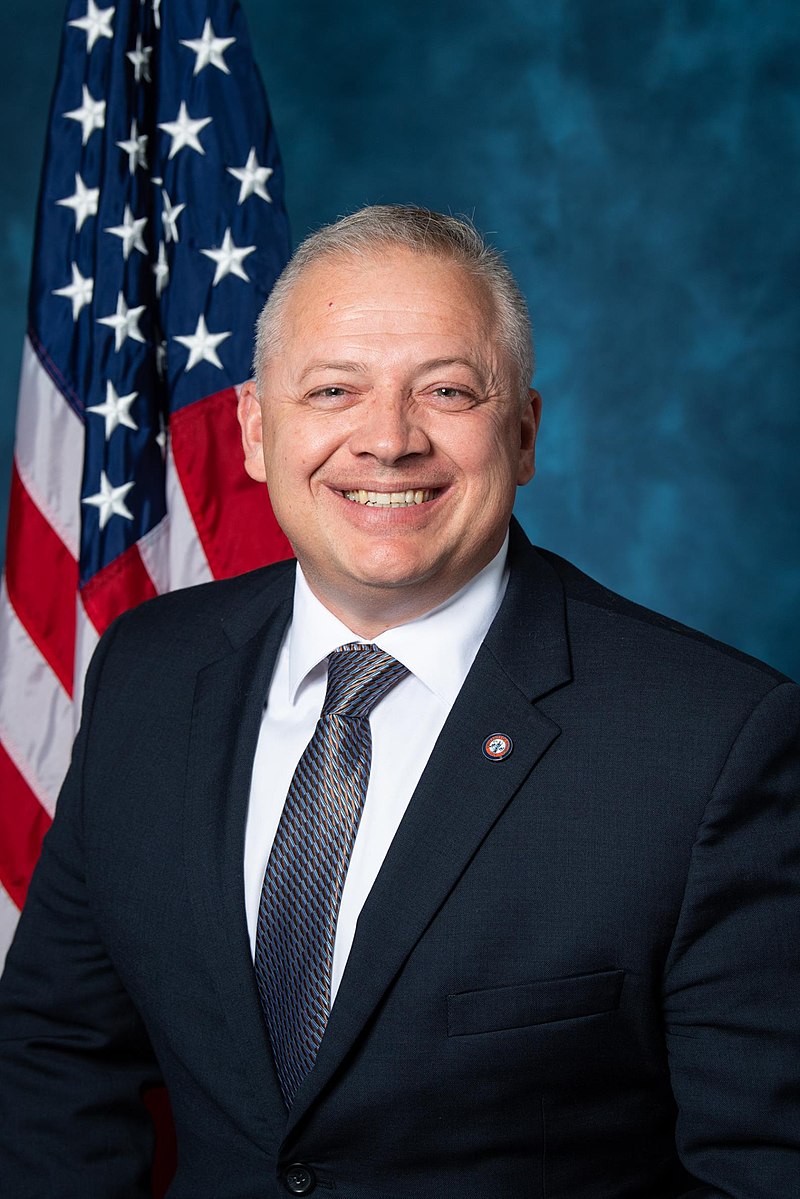

(More) shots fired
On October 15, the Charlottesville Police Department responded to a shots fired incident near the Omni Hotel parking lot at around 5:15pm. Officers discovered a male juvenile with serious injuries, who was taken to the hospital. Another male juvenile victim arrived at the emergency room shortly after the shooting with non-life-threatening injuries. “Two male juveniles were detained in the area and the incident is under investigation,” according to a city press release. On October 16, officers responded to a multiple shots fired call on the 800 block of Hardy Drive. Police found shell casings, but there were no injuries. The incident may be connected to the Omni Hotel shooting. Anyone with information about either incident should contact the CPD at 977-4000.
Downtown gets bathrooms
Two public restrooms will open inside York Place on the Downtown Mall on November 1, announced Charlottesville’s Economic Development Authority during an October 11 meeting. The city has signed a one-year lease with York Place’s owners, who will maintain the restrooms. The downtown transit center’s public restrooms—which have been closed since the pandemic started—will also eventually reopen.
Another Unite the Right?
Maryland Republicans planned to host a Unite the Right rally on October 22, before later changing the name to Maryland United. Event organizers claimed they were not previously aware that the name Unite the Right was associated the infamous deadly 2017 white supremacist rally in Charlottesville, and had “no ill intent,” reports The Baltimore Banner.



